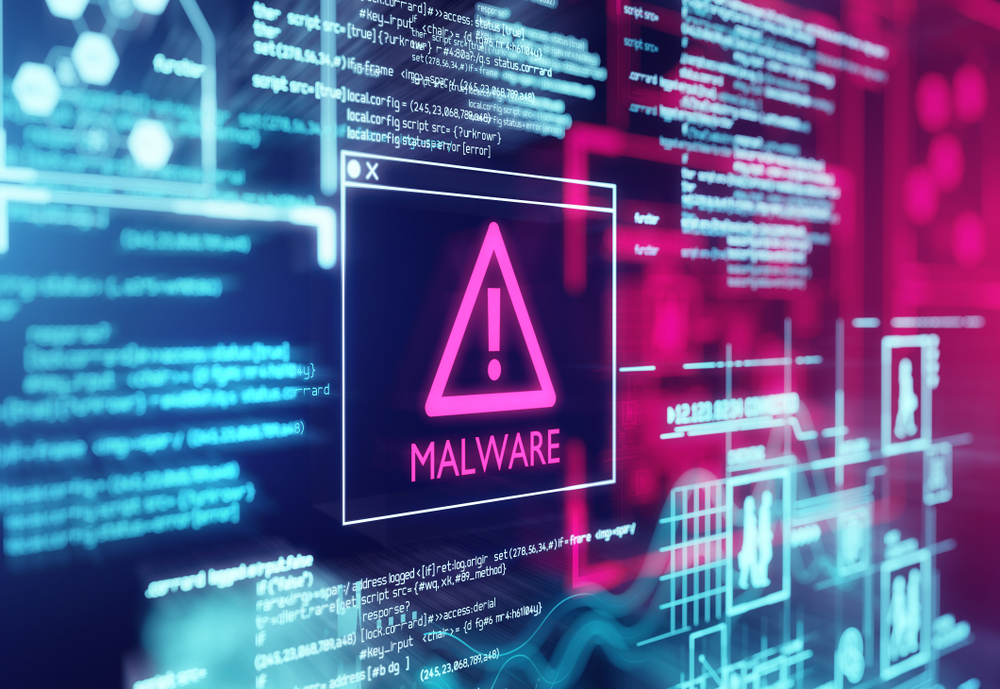Malicious codes is a code which cause damage to a computer or system. It is code which cannot easily controlled through the use of anti-virus tools. It is a code developed by cyber attackers, designed to cause entensive damage to data and systems or to gain unauthorized access to a network.
Malicious codes does not just affect one computer. It can also get into network and spread. It can also send messages through email and steal information or cause even more damage by deleting files.
Types of Malicious codes ( Malware )
- Virus - A virus is the most common type of malware which can execute
itself and spread by infecting other programs or files.
- Trojan Horse - It is designed to appear as a legitimate (valid)
program in order to gain access to a system. Once activated
following installation, Trojans can execute their malicious
functions.
- Worms - It propagets copies itself through network.
- Spyware - It is made to collect information and data on the device
user and observe their activity without their knowledge.
- Keyloggers - It also called system monitors, are used to see nearly
everything a user does on their computer. This includes emails,
opened web-pages, programs and keystrokes.
Protect a system from Malware
- Never download files from unknown or suspicious sources.
- Delete spam and junk emails without forwarding.
- Regularly back up your documents, photos, and important
email messages to the cloud or to an external hard drive. In
the event of an infection, your information will not be lost.
- Install antivirus software that features automatic updates
and has the capability to detect all types of infections.
- Install antivirus software that features automatic updates
and has the capability to detect all types of infections.
Malware can also be found on mobile phones and can provide access to the devices components such as the camera, microphones, GPS, etc. Malware can be contracted on a mobile device if the user downloads and unofficial application or if they click on a malicious link from an e-mail or text message. A mobile device can also be infected through a Bluetooth or Wi-Fi connection.
History of Malware
The term malware was first used by computer scientist and security researcher Yisrael Radai in 1990. The first known examples of malware was the Creeper Virus in 1971, which was created as an experiment by BBN Technologies engineer Robert Thomas. Creeper was designed to infect mainframes on ARPANET. While did not alter functions, or steal or delete data, the program moved from one mainframe to another without permission while displaying a teletype message that read, "I'm the creeper : Catch me if you can". Creeper was later altered by computer scientist Ray Tomlinson, who added the ability to self-replicate to the virus and created the first known computer worm, The concept of malware took root in the technology industry, and examples of viruses and worms began to appear on Apple and IBM personal computers in the early 1980s before becoming popularized following the introduction of the WWW and the commercial internet in the 1990s.

No comments:
Post a Comment